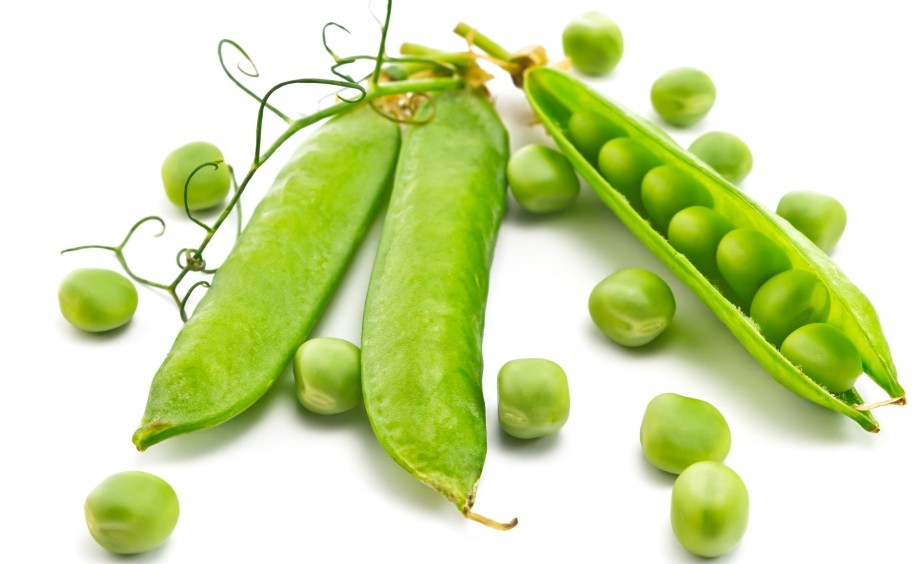Because of the cool spring, it will be touch and go as to whether we have fresh peas from our garden for the Fourth of July. But the pea vines look good right now, as does the extended weather forecast, so we have high hopes.
Peas are not a major crop for commercial farms in Maine. Farm stands make money on strawberries, corn and pumpkins, and big growers make money on blueberries and potatoes. Peas are relatively expensive and labor-intensive for the grower to plant and pick and the buyer to shell and prepare, so they are a sideline crop. All the more reason to plant them in your own garden.
Eating fresh peas in July was a tradition in both my wife Nancy’s and my family when we grew up, although my family always prepared them in a cream sauce while Nancy’s family used just butter, pepper and (at that time but no longer) salt. It didn’t take Nancy long to convert me.
We grow different varieties of peas every year.
We always grow sugar snap peas, because they are the most productive, best-tasting edible pod variety. Three years ago, on the advice of a column reader, I installed a semi-permanent pea fence made with electrical conduit wire, which is strong, inexpensive and does a good job of letting the vines rise to their natural 8 feet – although the 6-inch-by-6-inch netting I installed is beginning to rot and will have to be replaced next year.
These vines produce over a longer time if you let them grow to their full 8 feet tall. You use them like snow peas when the pods are an inch or so long and as snap peas when they are 3 inches but not filled out. You can use them as shelled peas, too, but the shells are harder to open than with true shelling varieties, and the peas are not as delicious.
We always grow Knight peas as our early variety and Green Arrow as a later variety, both from Allen, Sterling & Lothrop in Falmouth. Both are disease resistant and produce pods packed with sweet, tasty peas. Knight grows on fairly short vines so does not have to be trellised. But we grow it on a fence to make picking easier. Green Arrow will grow 4 to 5 feet tall, and should be trellised.
I try to get most of the peas in around mid-April, but this year I was late. In mid-May, I plant another row of Green Arrow – so we can extend pea season into early August.
Last year we grew Iona Petit Pois peas for the first time, from Fedco Seeds in central Maine. These are about half the size of traditional English peas. French chefs prefer the smaller peas, and we now know why – they were sweet and delicious. So though it takes a lot more of them to make enough for a meal, we’re adding them to our regular rotation.
For perfect flavor, harvest your peas every day. Picked too small, they taste OK but you won’t get much. Picked too late, and the sweetness will have turned to starch. The time is right when the pods are full but unwrinkled, and they haven’t turned a lighter shade of green.
You can grow shorter varieties in containers – but keep in mind you’ll need quite a few containers to get enough peas for a meal. Pick shorter varieties and use some sort of staking, and you will have a good-looking pot with some healthy snacking through July.
Hard-core pea nuts can plant peas now to harvest in the fall. Use a pea, such as Wando, that can withstand warmer temperatures. If a section of your vegetable garden gets a bit of shade, use that for your late-season peas.
At our house, eating peas is a highly social activity. We pick, string and chill sugar snaps whenever we have summer company, and serve them with a dip – and, of course, drinks. If we’re serving peas for dinner, we will be shelling peas on the patio before the meal. Only about half the shelled peas ever make it to the pot for cooking. Raw peas are sweet and addictive, like M&Ms but a lot healthier. Of course, you only eat the peas from the pods that aren’t completely filled out – that’s a rule Nancy’s grandmother made years ago and we uphold it.
Which brings us to another topic. Many food writers advise putting a bit of sugar in the water when cooking peas. Maybe you need to do that with store-bought peas (who knows how long they’ve been sitting on the truck, then in the store turning starchy?), but to pea-growers like Nancy and me, it makes no sense. Grow the peas yourself, pick them when the time is ripe, and they are sweet enough already.
Send questions/comments to the editors.



Success. Please wait for the page to reload. If the page does not reload within 5 seconds, please refresh the page.
Enter your email and password to access comments.
Hi, to comment on stories you must . This profile is in addition to your subscription and website login.
Already have a commenting profile? .
Invalid username/password.
Please check your email to confirm and complete your registration.
Only subscribers are eligible to post comments. Please subscribe or login first for digital access. Here’s why.
Use the form below to reset your password. When you've submitted your account email, we will send an email with a reset code.